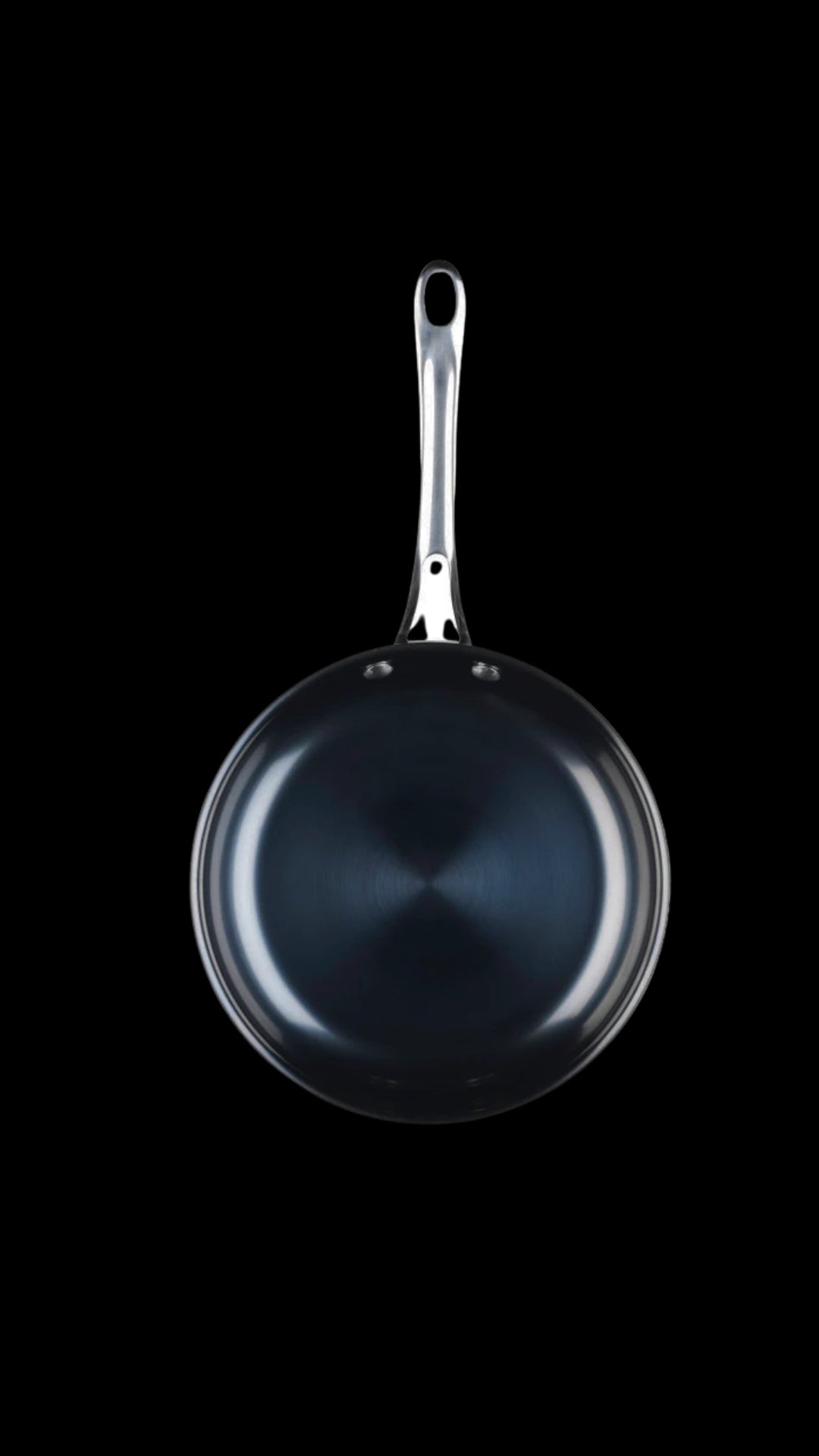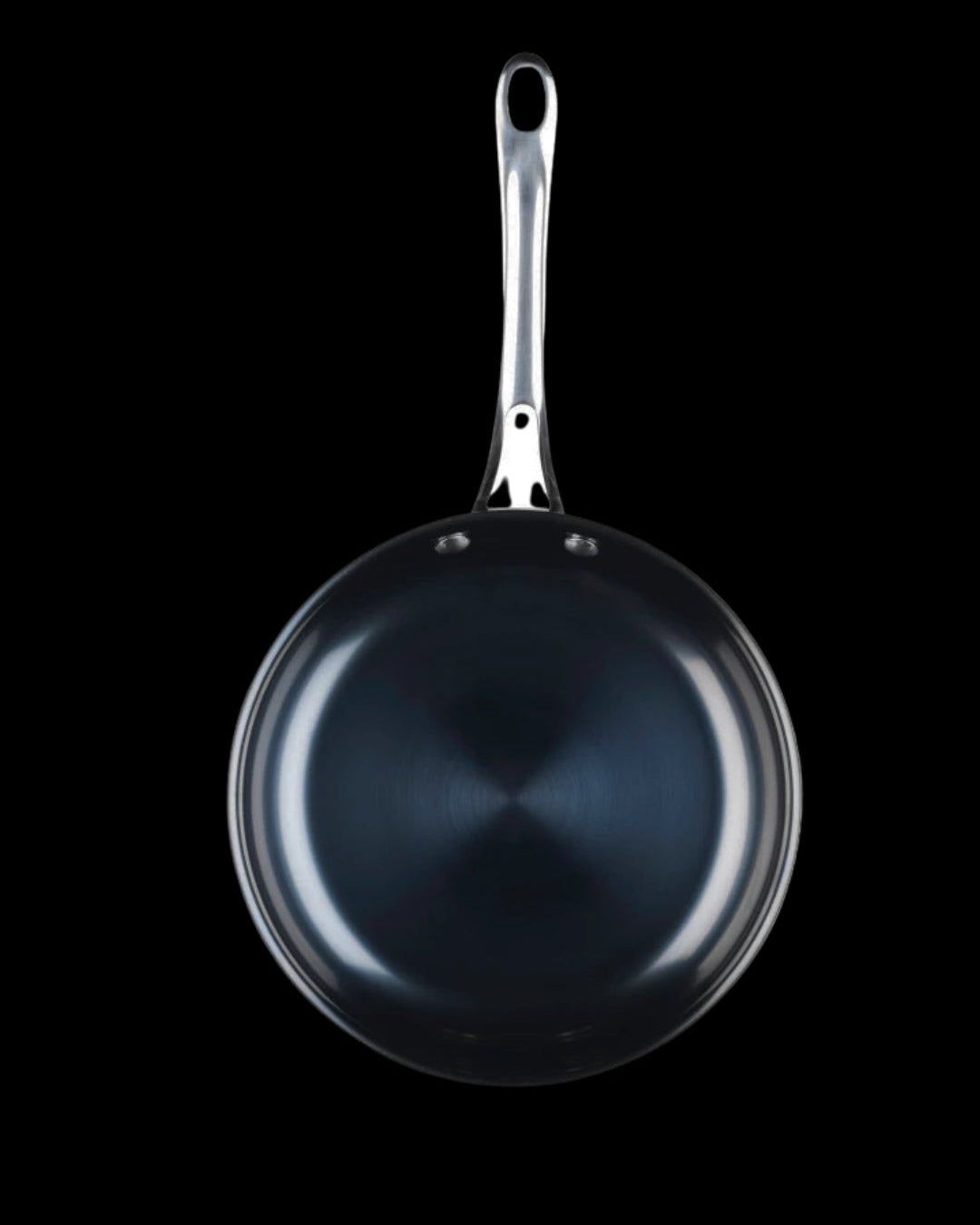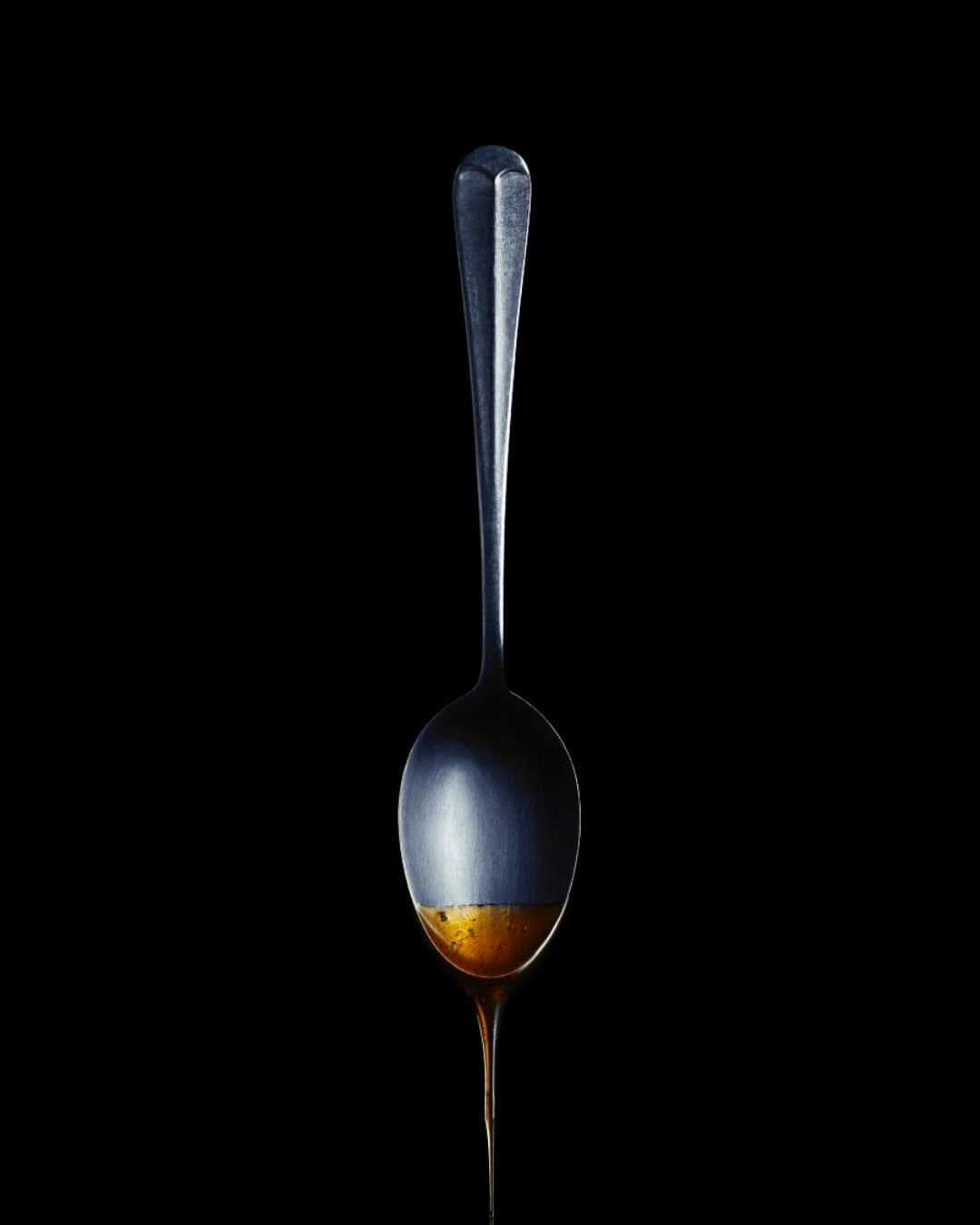
How to care for your pans so they last and don't harm your health?
Share
When we talk about healthy eating, we usually think about what we eat – pure ingredients, seasonal vegetables, less processed foods. But just as important as the content of the food is what we cook it with . A pan is not a neutral tool – when exposed to heat, the material starts to behave and its effects eventually reach the plate.
The right pan can last for decades or even generations. However, improper care can ruin even the most expensive pan in a matter of months. Cast iron and carbon steel require ritual oiling, stainless steel requires proper heating techniques, and ceramic requires careful handling. This is a comprehensive guide on how to care for different types of pans so that they last a long time and are safe for your health.
Cast iron pan – a classic that needs care
Why is maintenance important?
Cast iron is a porous material that absorbs moisture and can rust quickly. However, cast iron can be made naturally non-stick by regularly oiling it and heating it properly. This process is called seasoning .
Daily maintenance:
Do not wash in the dishwasher.
Use warm water and a soft brush for washing (soap only as an exception).
Dry immediately with a towel and place on the stove to completely evaporate the moisture.
Rub a thin layer of oil on top and heat briefly to protect the surface.
What to avoid:
Don't leave the pan wet.
Avoid harsh scrubbing with steel brushes, which will remove the protective layer.
Carbon steel – a favorite of professionals
Why is maintenance important?
Carbon steel is similar to cast iron, but is lighter and responds to heat more quickly. It also requires a seasoning process to become non-stick and durable.
Daily maintenance:
Do not wash in the dishwasher.
Rinse with warm water, using a gentle brush if necessary.
Dry immediately after washing.
Rub a thin layer of oil on top and heat on the stove.
What to avoid:
Do not keep wet for long periods of time – rust will form quickly.
Avoid acidic foods (e.g. tomato sauce) on a new pan as they can damage the protective layer.
Stainless steel – reliable and versatile
Why is maintenance important?
Stainless steel does not rust and is chemically stable, but requires proper heating to prevent food from sticking.
How to maintain:
Can also be washed in the dishwasher, although hand washing preserves the appearance better.
If food sticks, add water and let the pan simmer on the stove - the residue will dissolve.
Avoid steel wool; stains can be removed with vinegar or baking soda.
Dry after washing to avoid water stains.
A tip for achieving non-stickiness:
Preheat the pan until it is hot enough (a drop of water “dances” on the surface), only then add the oil.
Ceramic coating – gentle but safe
Why is maintenance important?
Ceramic pans are a healthy alternative to Teflon, but their coating is sensitive. Improper handling can quickly damage the surface.
How to maintain:
Hand wash only, soft sponge and gentle detergent.
Avoid metal kitchen utensils – use wood or silicone.
Do not heat to a very high temperature when empty.
Dry and store separately to avoid scratching.
Enameled cast iron and glass
Why is maintenance important?
They are chemically stable and do not react with food, but can crack or break if used incorrectly.
How to maintain:
Wash by hand, some manufacturers also allow dishwasher use.
Avoid sudden temperature changes (cold water on a hot dish).
Use a mild detergent, not a steel brush.
Seasoning – the art of processing
Why necessary?
Seasoning is the most important maintenance process for cast iron and carbon steel. It involves heating a thin layer of oil at a high temperature, which creates a strong, smooth, non-stick coating on the surface of the pan. This protects against rust and makes the pan better with every use.
What oil to use?
Linseed oil – a classic choice because it dries in the heat and forms an extra strong surface. It is even considered the best oil for initial seasoning.
Refined grapeseed oil – neutral, high smoke point, and reliable.
Refined avocado oil – very high smoke point (over 250°C), more expensive, but forms a strong surface.
What to avoid:
Extra virgin olive oil – low smoke point, burns quickly.
Coconut oil and butter – add flavor, but do not polymerize well, leaving the surface sticky and weak.
How to make the primary seasoning:
Wash the pan with warm water and soap (the only time soap is allowed). (It is important that it is a gentle, non-toxic, and fragrance-free soap, such as ecological dish soap, which does not leave chemical residue on the surface or add artificial scents.) Dry completely.
Rub a very thin layer of oil over the entire surface (including the outside).
Place the pan upside down in the oven, heat at 200–230 °C for about an hour.
Let cool.
Repeat 2-3 times until the surface becomes dark and even.
Daily maintenance-seasoning:
After washing, dry and apply a thin layer of oil.
If the surface becomes dull or begins to show rust, re-season it deeper.
Common mistakes:
Oil layer too thick (surface remains sticky).
Heat too low (oil does not polymerize).
Skipping maintenance – the pan quickly loses its protective layer.
Summary
Pan maintenance is not a tedious chore, but part of kitchen culture.
Cast iron and carbon steel require a regular seasoning ritual.
Stainless steel requires proper heating techniques and occasional stain removal.
Ceramics require gentle handling.
Enamel and glass need protection from sudden temperature changes.
A properly maintained pan will last for decades, won't emit harmful substances, and will get better over time. Seasoning isn't just a technique - it's part of the story that gives a pan its character and makes it the most trusted tool in your kitchen.


